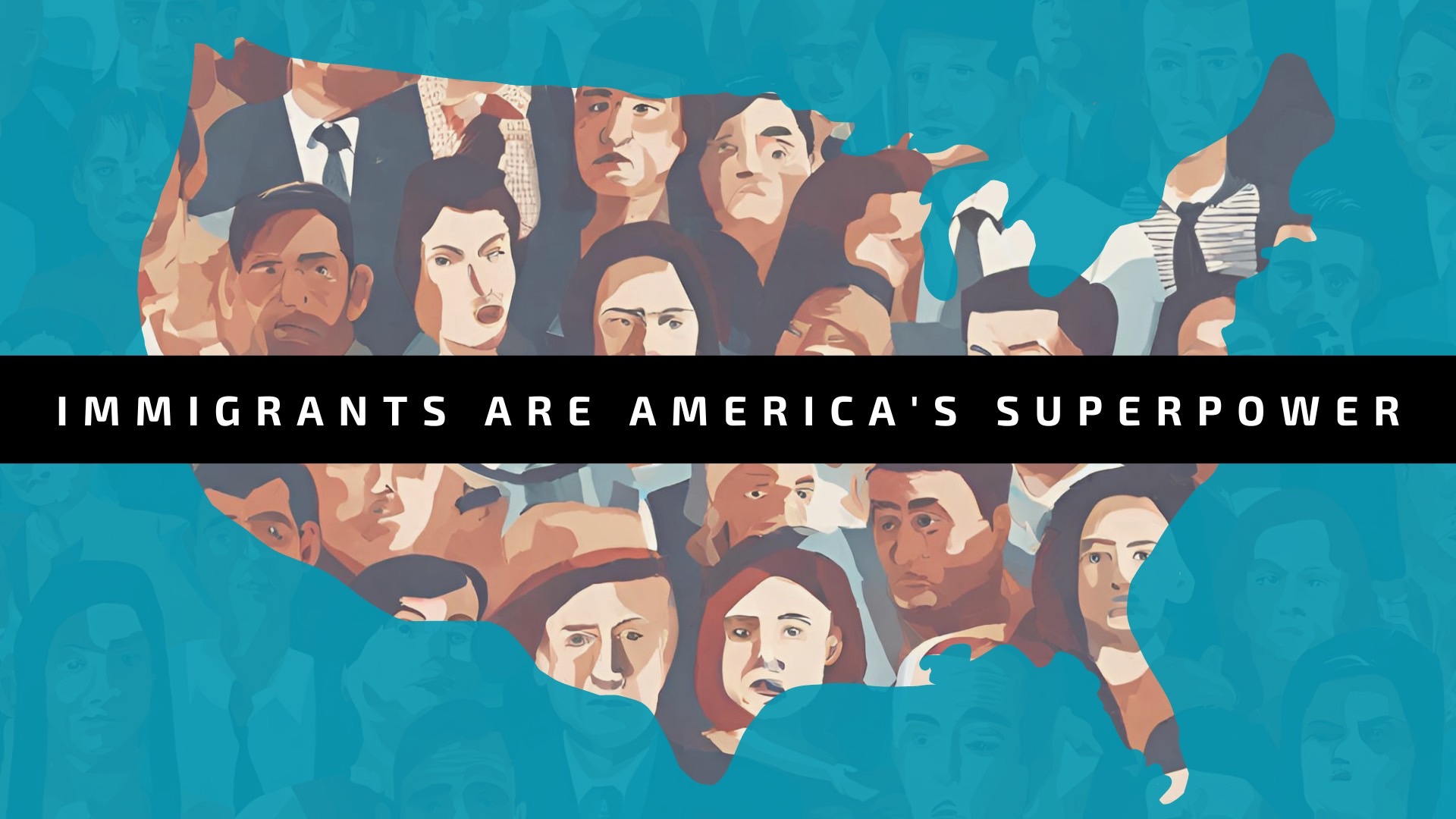When you first hear about the northeastern New Mexico town of Dawson, you might not know it was once home to a variety of immigrants from Italy, Greece, and Mexico.
The town’s long defunct coal mine was the site of two of the worst mining accidents in American history, as the Santa Fe New Mexican chronicled in a story last year about the 383 miners who perished there.
While Dawson has been a ghost town for decades, it provides a good example of the deep and rich history of immigration in our state, with all its innovation, complexities, and contradictions.
From manufacturing to natural resources to small businesses to tourism/travel and the creative economy, immigrants positively impact New Mexico in a range of ways.
This currently stands at odds with the national discourse being driven by far-right MAGA extremists, who seek to divide us and distort that impact by using nativism, anti-immigrant sentiment, and white nationalist rhetoric.
We’re already seeing big jumps in disinformation, and it will almost certainly accelerate as we near New Mexico’s primary election in June and general election in November.
While there is no one perfect way to address disinformation, a good rule of thumb is to speak up early and often to reinforce the contributions of immigrants just as often as you correct and debunk the falsehoods, particularly in spaces where you have strong online and offline relationships.
Here are 3 themes to watch out for that have real world consequences, and how to respond:
Disinformation Theme #1 – “Immigrants are a drain on our economy/resources”
The false narrative of “take more than they give” has existed for decades, and is already ramping up again in the 2024 election year. That includes amplification of inaccurate data and misleading information by far right actors and their billionaire funders, many of whom exploit working and middle class people alongside new and recent immigrants.
In fact, immigrants pay into federal/state/local taxes, and their spending power strengthens local businesses in New Mexico, according to the American Immigration Council.
For example, this year the nonpartisan Congressional Budget Office revised their 10-year economic and budget forecast to note that immigration increases since 2022 mean our “GDP will be greater by about $7 trillion and revenues will be greater by about $1 trillion than they would have been otherwise.”
Here in New Mexico, research from Santa Fe County found that immigrants contributed $365.9 million in spending power annually, along with paying $78.8 million in federal taxes and $43.8 million in state and local taxes.
And for undocumented workers, despite contributing to our economy in both spending power and taxes, most are provided no access to social security, medicare, disability insurance, or other basic services and resources.
All of the above tie into the fact that a majority of Americans – 70 percent to 75 percent in multiple polls conducted between 2020 and 2024 by right leaning, left leaning, and nonpartisan organizations – support a pathway to citizenship.
Key takeaway: A majority of Americans recognize immigrants across all nations of origin have a positive impact on the US, including in entrepreneurship and small businesses, innovation/research, and economic growth.
Disinformation Theme #2 – The false connection between immigration and crime
We’ve already seen both the MAGA ex-president and gaudy, angry political influencers exploit horrendous and heartbreaking crimes this year in both Georgia and Michigan.
Exploiting tragedy for political gain even became a centerpiece in the GOP’s response to the State of The Union address, when Republican Senator Katie Britt falsely implied that Biden and/or US authorities were involved in a sex trafficking case that took place 20 years ago in Mexico during George W. Bush’s presidency.
These attempts to fear monger and score snappy soundbites at the expense of working and middle class Americans doesn’t reflect reality in our towns and cities.
Studies from a wide range of researchers show immigrants are significantly less likely to commit crimes than U.S.-born residents, as much as 40-60% less likely. One researcher even looked at a 150-year period from 1870 to today!
Key takeaway: When a murder or other serious crime happens in our cities/towns, we can acknowledge the real and serious tragedy and also reject political opportunists’ fear-mongering, as Ruby Garcia’s family did recently in Michigan.
Disinformation Theme #3 – The racist “Great Replacement” conspiracy
While their tactics are ever changing, beneath much of the immigration disinformation lies a conspiracy theory that white nationalists and far-right extremists have circulated for a long time.
When MAGA Republicans use racist dog whistles and say things like “immigrants are poisoning our blood,” it is part of a long history of white nationalist rhetoric that is anti-Black, antisemitic, anti-immigrant, and makes us all less safe.
The conspiracy theory has also been connected to racist, white nationalist and anti-immigrant sentiments expressed by mass shooters in El Paso, Buffalo, and Pittsburgh, as well as white nationalist tiki torch bearers chanting “The Jews will not replace us,” in Charlottesville, VA in 2017, and in other fascist shows of violence around the world.
Key takeaway: Anti-immigrant fear mongering is part of a larger pattern of white nationalist hate and violence that we all have a stake in pushing back on.
None of the above are “politics as usual.” This type of disinformation can and does have real world consequences, including increasing harassment and violence by hate groups that call themselves “active clubs” as well as racial profiling by law enforcement agencies.
Violent rhetoric and extremism also increase the likelihood of violence, and can move social norms toward denigrating and attacking other groups of human beings.

